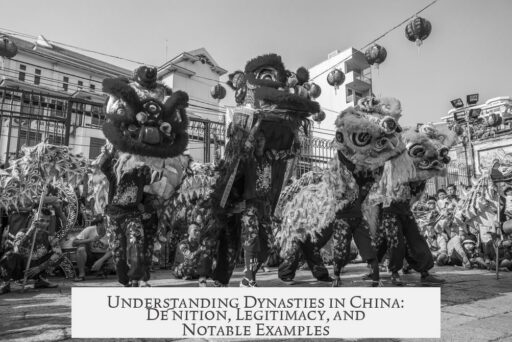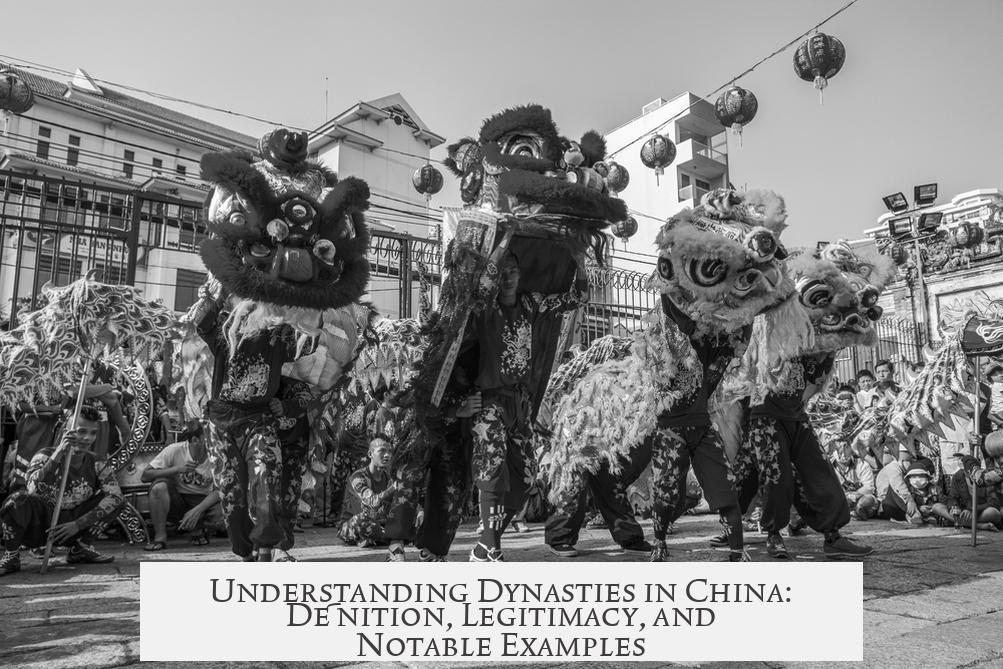A dynasty in China refers to a sequence of rulers from the same family or lineage who maintain power, but its definition is more complex than a simple ruling family. It serves primarily as a convenient historical category to divide Chinese history into eras based on ruling houses, regional origins, and claims to legitimacy, rather than a strict or exclusive rule.
The term “dynasty” interacts intricately with Chinese political ideology and historiography. Unlike some historical frameworks that strictly define dynastic periods, China’s dynastic divisions emerged more as a method for historians to organize time. They resemble how Western historians segment eras by significant events, like the U.S.’s Civil War or World Wars, rather than by continuous family reigns alone.
The criteria to qualify as a dynasty in China are not rigid. Multiple rulers claimed emperorship simultaneously, such as during the Three Kingdoms period, when three separate states all declared themselves emperors independently. The modern label “dynasty” often includes periods or regimes that were either short-lived or geographically limited but considered important for understanding continuity in governance and cultural identity.
Many Chinese dynasties are named after the region or place from which the founding leader originated. This naming convention reflects geographical and cultural ties rather than strictly hereditary lineage names. For example, the Ming dynasty took its name from the founder’s home territory.
The Chinese word for dynasty, chao, translates closely to “empire” or “court” in English. Historically, the concept of “dynasty” shifted through time, especially after the 18th and 19th centuries. Originally, chao signified the government or sovereignty itself rather than solely the familial lineage. Over time, the meaning evolved closer to the English usage of dynasty as a ruling family.
Central to understanding Chinese dynasties is the concept of the Mandate of Heaven, a political and religious doctrine established during the Zhou dynasty. It holds that a dynasty’s right to rule is granted by heaven based on its virtue and ability to govern justly. When a dynasty loses this mandate through corruption, incompetence, or natural disaster, it is deemed illegitimate and can be replaced.
Thus, legitimacy plays a critical role. According to this ideology, only regimes holding the Mandate of Heaven qualify as true dynasties, while others are considered inferior states or kingdoms during the same historical period. For example, historians view the Shang dynasty as a legitimate ruling house, but this status largely stems from later historical interpretation rather than contemporaneous claims.
Traditional Chinese historiography faces problems with exclusive dynasty periodizations. Some dynasties do not have clear start or end points, such as the Qing dynasty. Although conventionally recognized from 1644 to 1911, the Qing established their empire in 1636 and retained power in some form until 1912. Narrow definitions create artificial “limbo” periods that ignore complexity and transitional phases of power.
This issue also critiques the idea that only one “legitimate” dynasty can exist at a time. History shows overlapping claims and contested rule. The simplistic “there can be only one” narrative neglects realities like conquered territories, rebellion, and periods of divided sovereignty, all essential for a full historical understanding.
Some academic debate questions continuing to use “dynasty” as a meaningful concept, especially since the names of Chinese dynasties often do not match the ruling family names, unlike in European histories. However, most scholars agree the term remains useful for dividing Chinese historical periods and understanding governance continuity.
The Qin dynasty, though short-lived, exemplifies significant dynastic impact. Qin Shi Huang, the first emperor of China, founded a dynasty that lasted just two generations but unified the warring states and established centralized imperial rule patterns integral to later dynasties.
| Key Aspects of Dynasties in China | Details |
|---|---|
| Purpose | Historical categorization to divide Chinese history into eras. |
| Legitimacy | Linked to the Mandate of Heaven; only legitimate regimes considered dynasties. |
| Naming | Often based on founding ruler’s region rather than family name. |
| Overlapping Rule | Multiple rulers claiming emperorship concurrently, e.g., Three Kingdoms. |
| Historiography Challenge | Rigid periodization overlooks complex transitions and overlapping powers. |
| Academic Debate | Some discussion on appropriateness of “dynasty” but widely accepted for clarity. |
| Significance Example | Qin dynasty unified China despite short duration. |
- Dynasty is a flexible, historian-imposed term organizing Chinese history into ruling periods.
- Mandate of Heaven defines legitimacy of dynastic rule.
- Multiple dynasties or states often coexisted, challenging strict periodization.
- The term’s meaning evolved from “government” to “ruling family” over centuries.
- Short-lived yet impactful dynasties like Qin remain central in Chinese history.
What Is a Dynasty? Understanding China’s Unique Legacy
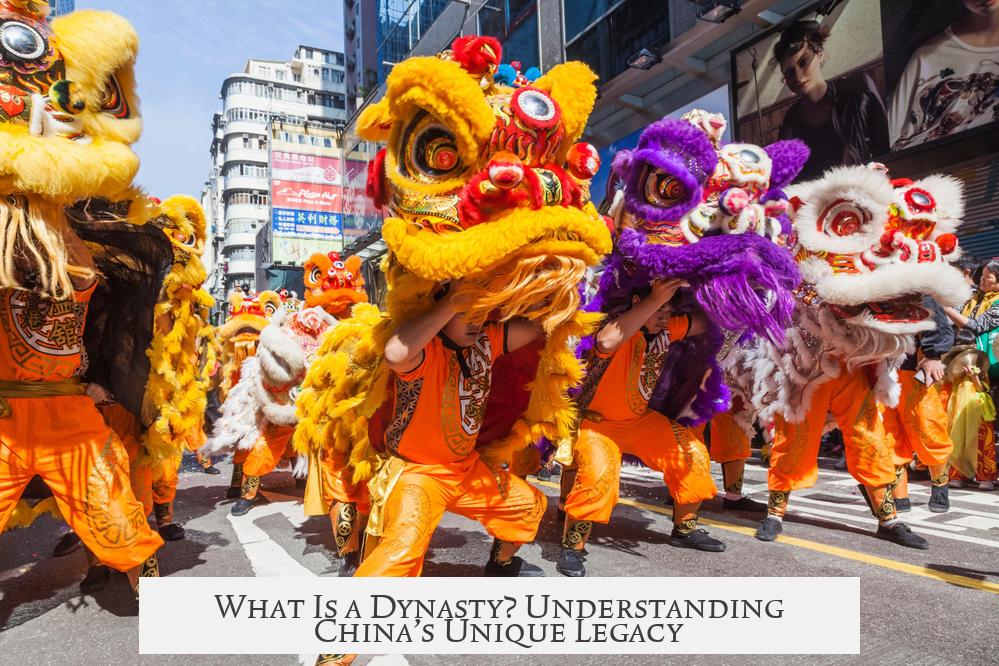
In short, a dynasty in China is a convenient way to categorize history based on ruling families or regimes, but it’s much more complicated than just a simple family tree. Chinese dynasties are a fascinating puzzle. They intertwine politics, legitimacy, culture, and timelines in ways that tell us a lot about how history and power were understood in China.
Defining a Dynasty: More Than Meets the Eye
When historians talk about a dynasty, especially Chinese ones, they’re not just talking about family clans ruling over a land. Instead, a dynasty is mainly a period that historians use to organize Chinese history conveniently. You could say it’s a bit like assigning chapters to a book—chapters that mostly revolve around who ruled and where they came from.
These divisions are less strict than you might think. Unlike the United States, which doesn’t have dynasties, Chinese history spins its tale through series of rulers often coming from a single lineage—named after their geographic origin or family name. For example, the Qing Dynasty’s roots trace to the Manchu region in Northeast China.
Interestingly, the concept of “dynasty” (chao in Chinese) evolved over time. Before the 18th and 19th centuries, this word simply meant government or sovereignty, not necessarily a family line. Now, we use “dynasty” to mean the ruling family. So when we say “dynasty,” we’re often translating a word that changed meaning over centuries.
Legitimacy: The Key to Being Called a Dynasty

What makes a dynasty official in Chinese history? It boils down to legitimacy, guided by an ancient idea known as the Mandate of Heaven. This concept was invented by the Zhou Dynasty to justify their rule and effectively decide who truly had the right to govern.
Only regimes granted this divine-like approval are considered true dynasties, ruling with a heavenly mandate. Other rulers, even if they called themselves emperors, were often seen as lesser or illegitimate—just competing states or kingdoms.
Take the Shang Dynasty, for example. Historians often include it as a dynasty, but that’s mainly a convention created by later chroniclers, not something the Shang claimed for themselves at the time.
The Messy Reality Behind Clear Periods
Historians love tidy timelines, but Chinese dynasties are full of overlaps, disputes, and grey areas. For example, the Qing Dynasty officially ruled from 1644 to 1911, but the Qing Empire was established earlier in 1636. By ignoring those earlier years, historians risk oversimplifying and leaving out the messy reality of dynastic transitions.
This also means dynasties don’t necessarily have exclusive reigns, contrary to popular belief. Multiple rulers might claim the throne simultaneously. The Three Kingdoms period is a perfect example: three different states all declared themselves emperors at once. So, can you really name one dynasty when three run concurrently? The answer isn’t clear-cut.
Why Scholars Debate the Term “Dynasty”
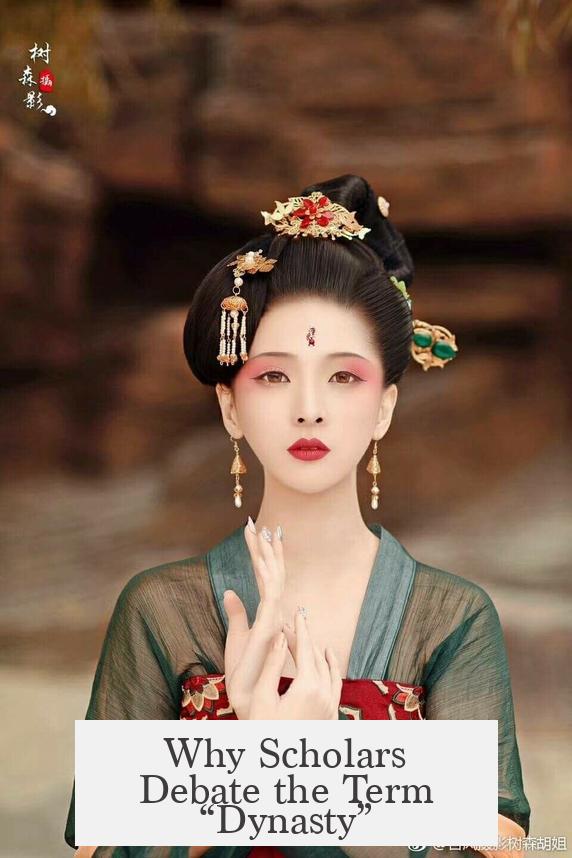
Even experts argue about whether “dynasty” perfectly suits the Chinese context anymore. Compared to Europe, where dynasties meant ruling families naming the lands after themselves (like the House of Tudor ruling England), China’s dynastic names often originate from regions or founding lineages rather than the family name itself.
This unique naming system can confuse people expecting a straightforward match between the dynasty’s name and its ruling family. For example, the Qing Dynasty derived its name from the region and ethnic group rather than a family name. This fuzziness sparks debates on terminology in academic circles.
Notable Dynasties You Should Know
Among all dynasties, the Qin Dynasty shines bright. Though it lasted only two generations, its importance is monumental. Qin Shi Huang was the first emperor of all China, uniting various warring states under one rule for the first time. His dynasty set huge precedents in government, culture, and infrastructure.
Other dynasties, like the Zhou, Han, Tang, Song, and Ming, each carved their chapters into the long epic that is Chinese history. Each dynasty’s rise and fall reflect shifts in power, culture, technology, and even philosophy.
So, What’s the Point of Understanding Dynasties?
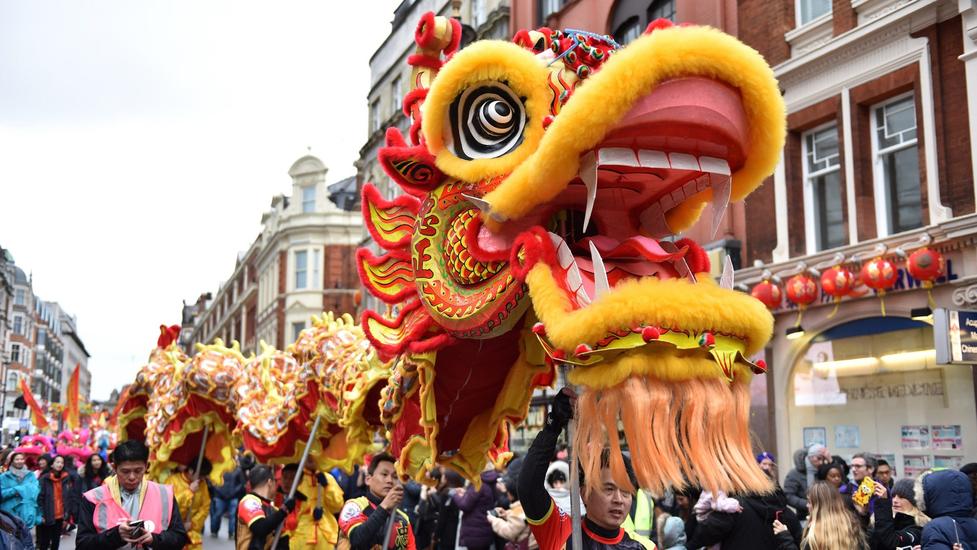
Understanding Chinese dynasties means unpacking how history isn’t just a timeline but a story about power, identity, and legitimacy. Recognizing that dynasties don’t lump into perfect neat boxes helps us grasp the complexity of Chinese imperial history.
Plus, it explains why Chinese history feels different from, say, European or American history. It’s not just about knowing dates or rulers but about exploring values like the Mandate of Heaven and how rulers justified their right to the throne.
Ever wondered why some dynasties are more remembered than others, despite a short reign? Look no further than Qin Shi Huang and the Qin Dynasty. Their influence stretched far beyond their years, setting the template for future emperors.
Final Thoughts: Dynasties as Living, Breathing Stories
In the end, Chinese dynasties are not just labels for historical tidiness. They reflect political realities, cultural shifts, and ideological battles over who controls the narrative of power.
Next time you hear “dynasty,” remember—it’s about much more than family trees. It’s about power struggles, legitimacy claims, cultural identity, and how history is told. And sometimes, it’s about the fun debates scholars have over a term we all take for granted.
Ready to dive deeper? Think about how power claims in your own history compare. Can you spot similar “dynasties” in other cultures? It’s a fascinating lens through which to view both the past and present.
